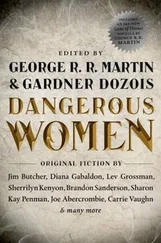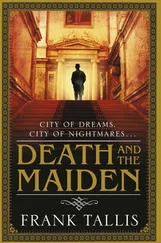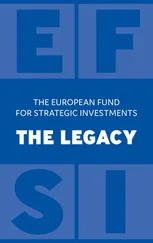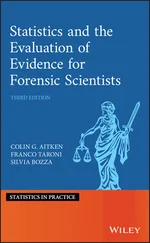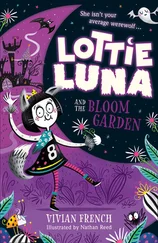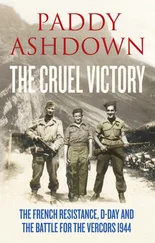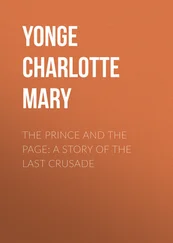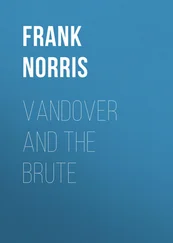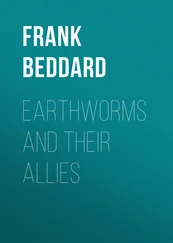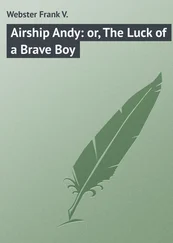Yet, in spite of Horak’s substantial contributions - or, possibly, because of them - there is still ample room for further exploration. For instance, organisations that evolved as a result of exile have thus far received scant attention, yet their role was pivotal and often crucial to the survival of the émigrés. Therefore, Horak’s contribution to exile research must be seen as an incentive, an inspiration, to follow his lead. One scholar who has done so, and whose work is clearly influenced by Horak, is Helmut G. Asper.
Surveying the field of exile in the US further, a second figure, Helmut G. Asper, emerges as another important scholar therein. Their approaches complement each other insofar as Horak’s study of the émigrés offers an analytical framework for exile research, while Asper is best described as a painstaking gatherer of empirical data with an unerring focus on the existing gaps in exile research. Asper is a professor at Bielefeld University, specialising in German theatre in the 17 thand 18 thcentury as well as film, radio and theatre in the Weimar Republic and the Third Reich. His preoccupation with theatre is evident in his first edited publication on exile, Walter Wicclair und Marta Mierendorff: Im Rampenlicht der dunklen Jahre (Berlin: Sigma, 1989). The book homes in on the German stage actor Walter Wicclair - who fled Nazi Germany to settle in Hollywood - and his companion, Marta Mierendorff, and contains essays on theatre in exile, the Third Reich and in post-war Germany. In Asper’s subsequent edited publication, Wenn wir von gestern reden sprechen wir über heute und morgen - Festschrift für Marta Mierendorff zum 80. Geburtstag (Berlin: Sigma, 1991), the field of vision is expanded from theatre in exile to exile in general (e.g. exiled writers, screenwriters, painters, etc.), while Asper’s own contribution to the
book revolves around another German stage actor, Fritz Kortner, and his film, Der Ruf (The Last Illusion, Objektiv-Film Gmbh, Germany 1948/49).
Kortner, renowned for his theatre work in Germany until the Nazis forced him into exile, would eventually once again become one of Germany’s most noted post-war theatre directors. Der Ruf constitutes Kortner’s first project following his return to Germany from his exile in the United States. The film revolves around a professor - Mauthner, played by Kortner - who was forced into exile following Hitler’s rise to power. Once he returned to post-war Germany, the hostility and aversion towards Mauthner eventually led to his death. Asper’s concern in this essay is not so much emigration as remigration; thus he considers parallels between Mauthner’s narrative and Kortner’s own experiences, and the reaction the film received when it was first shown to German audiences. Der Ruf - even though directed by Josef von Baky, a non-émigré -was the brainchild of Kortner and written solely by him. Kortner saw the film as an act of reconciliation with Germany and the Germans. That he failed in this attempt, with Der Ruf resulting in a critical as well as a commercial failure, is testimony to post-war Germany’s reluctance to come to terms with its Nazi past.
Among Asper’s chief publications on exile research is, however, his seminal Etwas besseres als den Tod .... (Marburg: Schüren, 2002). Although published in 2002, its afterword indicates that Asper started research on the book seventeen years prior to its publication, interviewing many of the émigrés featured in the book between 1985 and 1987, among them Henry Koster, Walter Reisch, Paul Henreid and Felix Jackson. Some of Asper’s interviewees had never been interviewed before, including Ernest Lenart, Herbert Luft, Annemarie Schünzel-Stewart, Rudi Fehr or Rudi Feld. This fact, not to mention the book’s scope (655 pages, afterword and appendix not included), makes Etwas ... a unique research tool for any exile researcher or film historian.
Although Asper does dedicate several chapters to émigré actors, directors, screenwriters, and producers, the groups who traditionally had been at the centre of exile research, there is no denying that one of the main features of Etwas ... is Asper’s shift of focus to below-the-line personnel - editors, cinematographers, production designers, technicians - film-artists who had hitherto tended to be neglected by researchers. One example is Asper’s chapter on the all-but-forgotten production designer Rudi Feld, who, prior to his emigration collaborated with Kurt Gerron on his famous cabaret films. 17Gerron’s films featured a number of future émigrés,
including Blandine Ebinger or Sig Arno, but also artists who never made it into exile and perished in a concentration camp, as did indeed Gerron himself, or his collaborators Max Ehrlich and Otto Wallburg.
Similarly to many of his fellow émigrés, Feld had a difficult start in the US, not least because entry for production designers into their union was as strict as it was for other below-the-line-personnel. But, as Asper explains, since ‘Feld remained very close to his fellow émigrés’ (Asper 2002: 383), he eventually managed with their help to elbow his way into the Hollywood film industry. Not only that, but archival evidence shows that during this period of hardship Feld became a beneficiary of the EFF, and his is just one example of how crucial this organisation was for the survival of émigré film artists. In hindsight, the fact that Feld got his first break in an anti-Nazi film - after 11 years in exile - seems no surprise, as it seems to have become a rite of passage for émigrés to first prove their mettle in this particular genre. However, at long last, in 1946, Feld did obtain union membership, and his struggles in exile notwithstanding, as the title of Asper’s book aptly suggests, this was indeed better than the alternative: death in a concentration camp.
Asper also discusses a number of other émigrés who had previously received scant attention from film historians, including the editors Albrecht Joseph and Rudi Fehr or the choreographers Ernst and Maria Matray. The parallels to Horak are clear: Asper too started his research on exiled film artists with a series of oral histories, and in both cases the results of their findings led to crucial contributions to the field of exile research. In Horak’s case this was ‘The Palm Trees ...’, while Asper’s Etwas ... was no doubt influenced by Horak and as such could be considered an expansion of Horak’s work in ‘The Palm Trees ...’ as well as Fluchtpunkt Hollywood. Neither work is concerned with any aspect of exile in particular, but rather represents an all-inclusive overview of film exile, illustrating the diversity and the consequences of the German-speaking emigration to Los Angeles. More than Horak‘s, because of its scope and its emphasis on below-the-line personnel, Asper’s book also serves as a memorial to émigrés who had fallen by the wayside of exile research until he put them centre stage, commemorating their life, achievements, and ordeals as a result of Nazi rule.
In the introduction to Etwas ., Asper briefly sketches the political situation in Germany following Hitler’s rise to power, before moving on to discuss the various stations of exile such as France, England, the Netherlands, and Palestine, and dedicating a paragraph to those film artists who did not make it into exile and were subsequently murdered in the concentration camps, including the aforementioned Willy Rosen, Otto Wallburg and Kurt Gerron. But the body of Etwas . consists of ten chapters, each dedicated to a particular profession at the Hollywood film-studios, and discussing the impact of the émigrés. By covering virtually all professions associated with filmmaking - directing, producing, acting, writing, editing, cinematography, production-design, post-production - Asper is able to shed light on those among the émigrés who had until that point rarely been mentioned by exile researchers, including Reginald Le Borg, Gerd Oswald (directors), Helmut Dantine, Wolfgang Zilzer (actors), Albrecht Joseph (editor), and Fini Rudiger (animator). He would continue this enterprise in a later work, Nachrichten aus Hollywood, New York und anderswo (Trier: Wissenschaftlicher Verlag, 2003), where he considers the correspondence of cinematographer Eugen Schüfftan and his wife Marlise with Siegfried and Lili Kracauer. Asper’s introduction consists of a biography of both Schüfftan and Kracauer, based on secondary as well as archival material, interspersed with excerpts from the Schüfftan-Kracauer correspondence and focussing on their lives following their arrival in the United States. Asper stresses that though Schüfftan’s and Kracauer’s friendship ‘was already mentioned by Karsten Witte in the afterword of the [second] German edition of Kracauer’s From Caligari to Hitler, nobody has so far followed up on it’ (Asper 2003: 1). 18Nachrichten ..., by contrast, shows how a focus on a cinematographer can open up new perspectives, and his study was also useful for my own research since both Kracauer and Schüfftan were at one time beneficiaries of the European Film Fund.
Читать дальше

